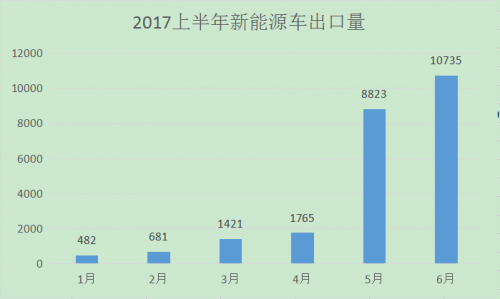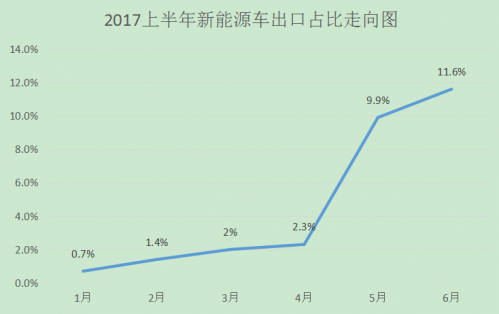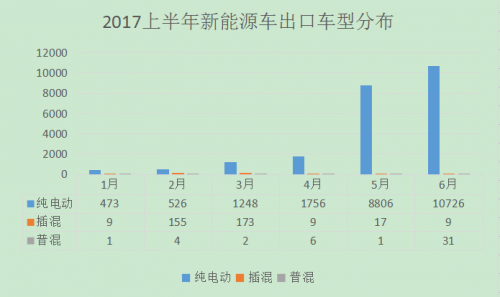According to data from the China Association of Automobile Manufacturers, China's auto exports have been declining for four years in a row since 2012. However, in 2016, the country produced and sold 28.119 million and 28.528 million vehicles respectively, maintaining its top position globally for eight consecutive years. Let’s take a closer look at what the car electronics editor has to say.
Despite being the world’s largest market by sales volume, China’s auto exports remain a small fraction of domestic sales, highlighting some challenges within the Chinese automotive industry. While traditional vehicle exports struggled, new energy vehicles have emerged as a promising growth area.
In 2017, the first half saw 23,907 new energy vehicles exported, making up 5.3% of total vehicle exports, with a higher share of 11.6% in June alone. This signals a shift in focus toward electric mobility.



> What is the export price?
Currently, the average export price of new energy vehicles remains relatively low. For example, some pure electric passenger cars are sold at around $1,000, with monthly exports reaching nearly 10,000 units. On the other hand, pure electric buses tend to be more expensive, with an average export price of $200,000, though the volume is much smaller.

> Where is the export going?
In June 2017, new energy passenger cars were mainly exported to countries like Bangladesh, South Korea, Chile, and India, with an average unit price of around $1,642. The market for new energy buses, while smaller in quantity, had a much higher average price—around $200,000 per unit—with key destinations including South Korea, Israel, and the Netherlands.
> New energy vehicles show strong export potential
Although the average price of exported new energy vehicles isn’t high, the volume is growing, and their share in overall auto exports is increasing. Companies like BYD and SAIC are already expanding into international markets, showing confidence in the future of Chinese electric vehicles.
For instance, in July 2015, a joint venture called SHARE'N GO was established in Milan, Italy, with Zhidou as the main shareholder. In Shenzhen, Norway’s delegation once said that Chinese companies like BYD have huge potential in the Norwegian market due to the lack of local EV manufacturers.
On June 29, 2017, Shanghai Automotive Group announced plans to build a production base in India. And on July 28, 2017, BYD received praise from the mayor of São Paulo, Brazil.
This article explores the potential of new energy vehicle exports and how they could reshape China's auto export landscape. For more updates and detailed insights, stay tuned to our automotive electronics section.
Silicone Keypad,Silicone Keyboard,Customized Rubber Keypad,Custom Silicone Keypad
CIXI MEMBRANE SWITCH FACTORY , https://www.cnjunma.com